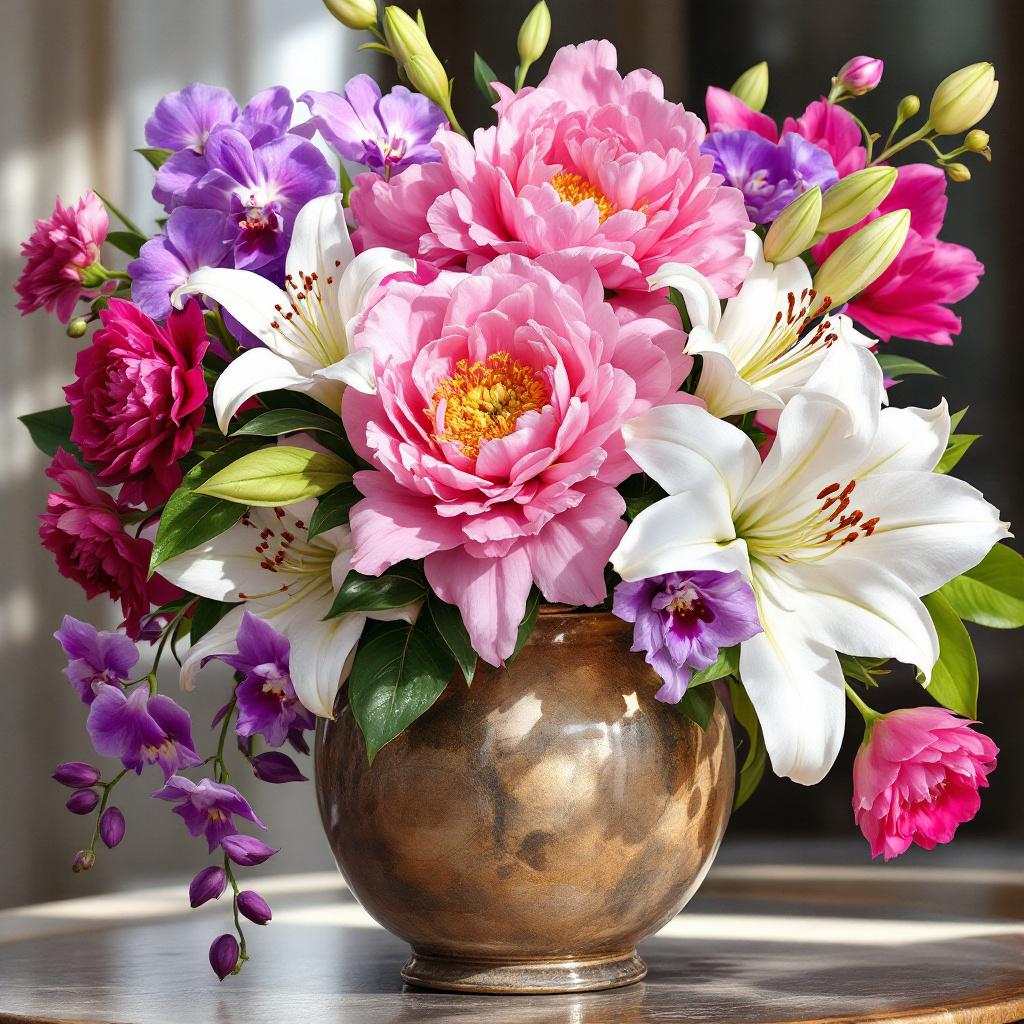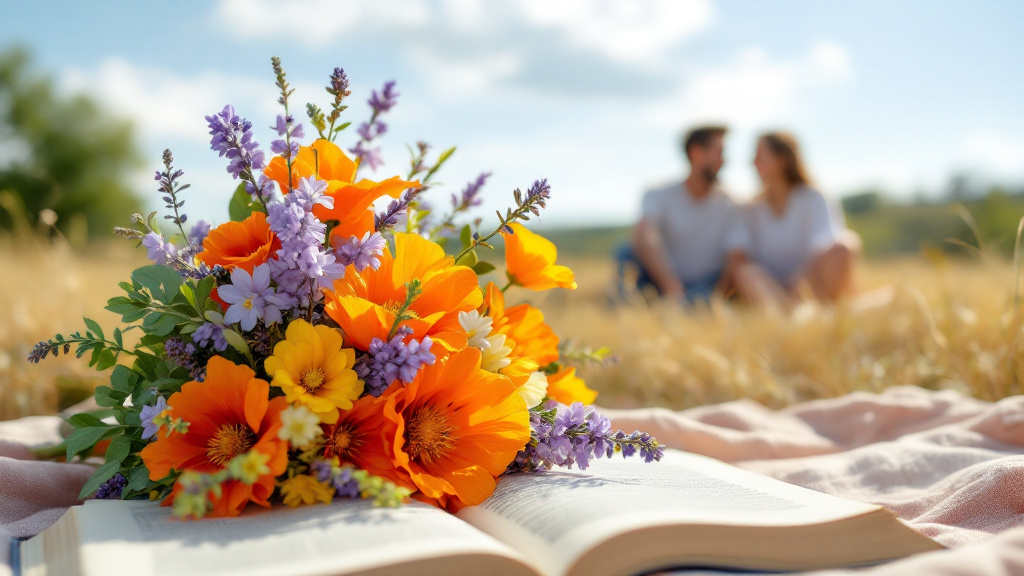
Throughout history, flowers have served as emblematic symbols of varied emotions and sentiments across numerous cultures. The significance of flower meanings can be traced back to ancient civilizations, where blooms were often imbued with spiritual and emotional significance. For instance, the Egyptians used flowers in their rituals, signifying life, death, and rebirth, while the Greeks and Romans often associated particular flowers with deities, using them in celebrations and ceremonial offerings. This tradition reflects a broader understanding that flowers can encapsulate feelings that may be difficult to articulate verbally.
In the Victorian era, the language of flowers, or “floriography,” emerged prominently, allowing individuals to convey thoughts and sentiments covertly through floral arrangements. Specific blooms were attributed distinct meanings, enabling lovers and friends to express affections, sorrow, or gratitude without the spoken word. For example, red roses symbolized passionate love, whereas yellow roses represented friendship and joy. This practice underscored the profound implications that flowers could embody, acting as a powerful vehicle for emotional expression.
Flowers and Their Corresponding Emotions
Each flower possesses its own unique attributes and symbolism, often associated with specific emotions and sentiments. Understanding the emotional connotations of various blooms can enhance the experience of selecting flowers, whether for personal use or gifting. Below, we explore some of the most popular flowers along with the emotions they evoke.
Roses, perhaps the most recognized flower globally, are often linked to love, passion, and romance. The various colors of roses convey different sentiments; for instance, red roses symbolize deep love, whereas yellow roses represent friendship and joy. Each rose color adds a layer of meaning, making them ideal for a variety of emotional expressions.
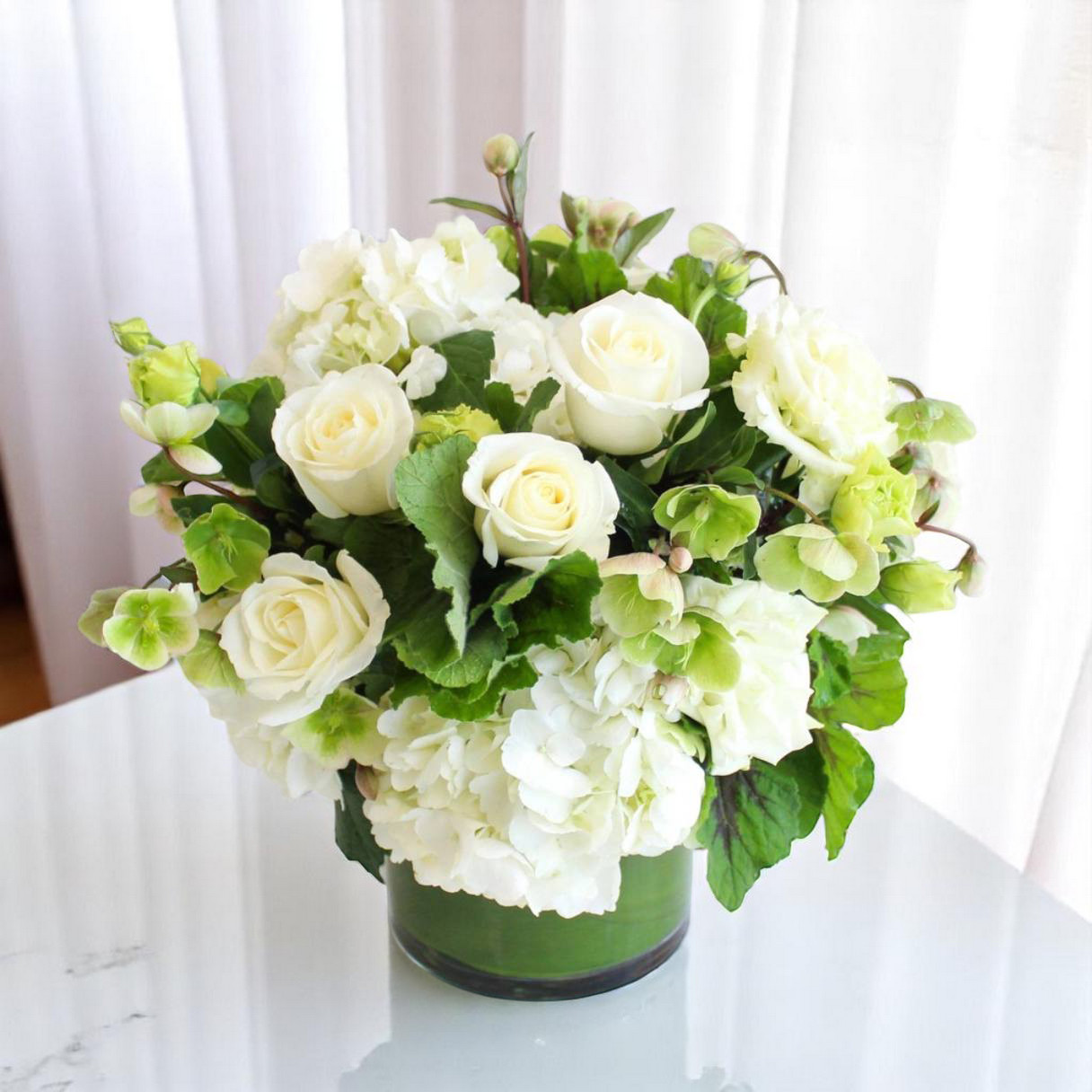
Peonies are celebrated for their lush appearance and delightful aroma. Often associated with gratitude and romance, these blooms exude a sense of prosperity and good fortune. The vibrant colors of peonies, ranging from soft pastels to bold shades, further enhance their ability to resonate with warm emotions, making them popular in weddings and significant celebrations.
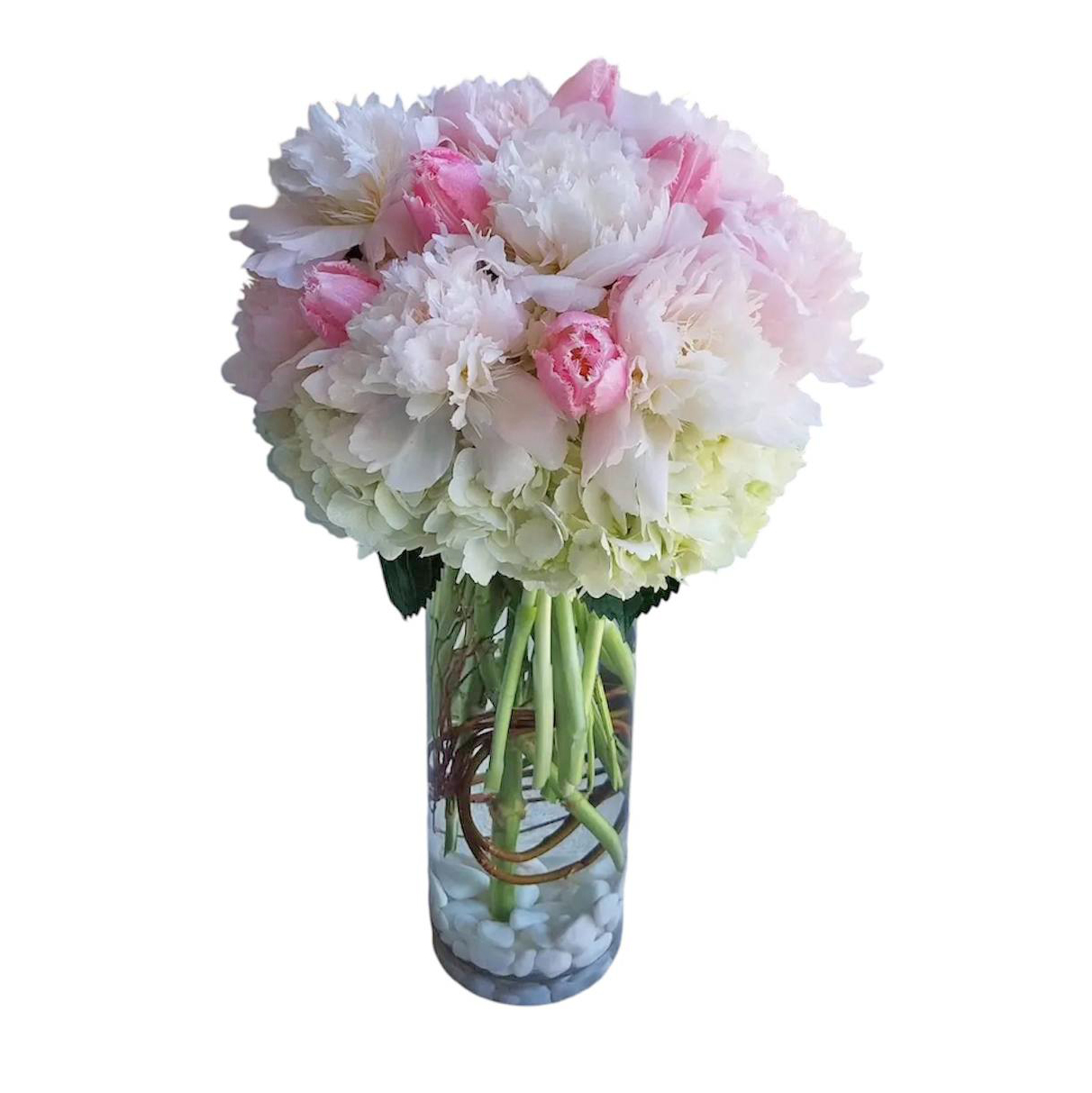
Orchids are linked to luxury, beauty, and strength. Their exotic appearance and diverse varieties signify sophistication and elegance. Traditionally, orchids are given as gifts to convey admiration or to add a touch of opulence to any occasion. The intricate shapes and profound symbolism behind orchids invite feelings of uniqueness and distinctiveness.
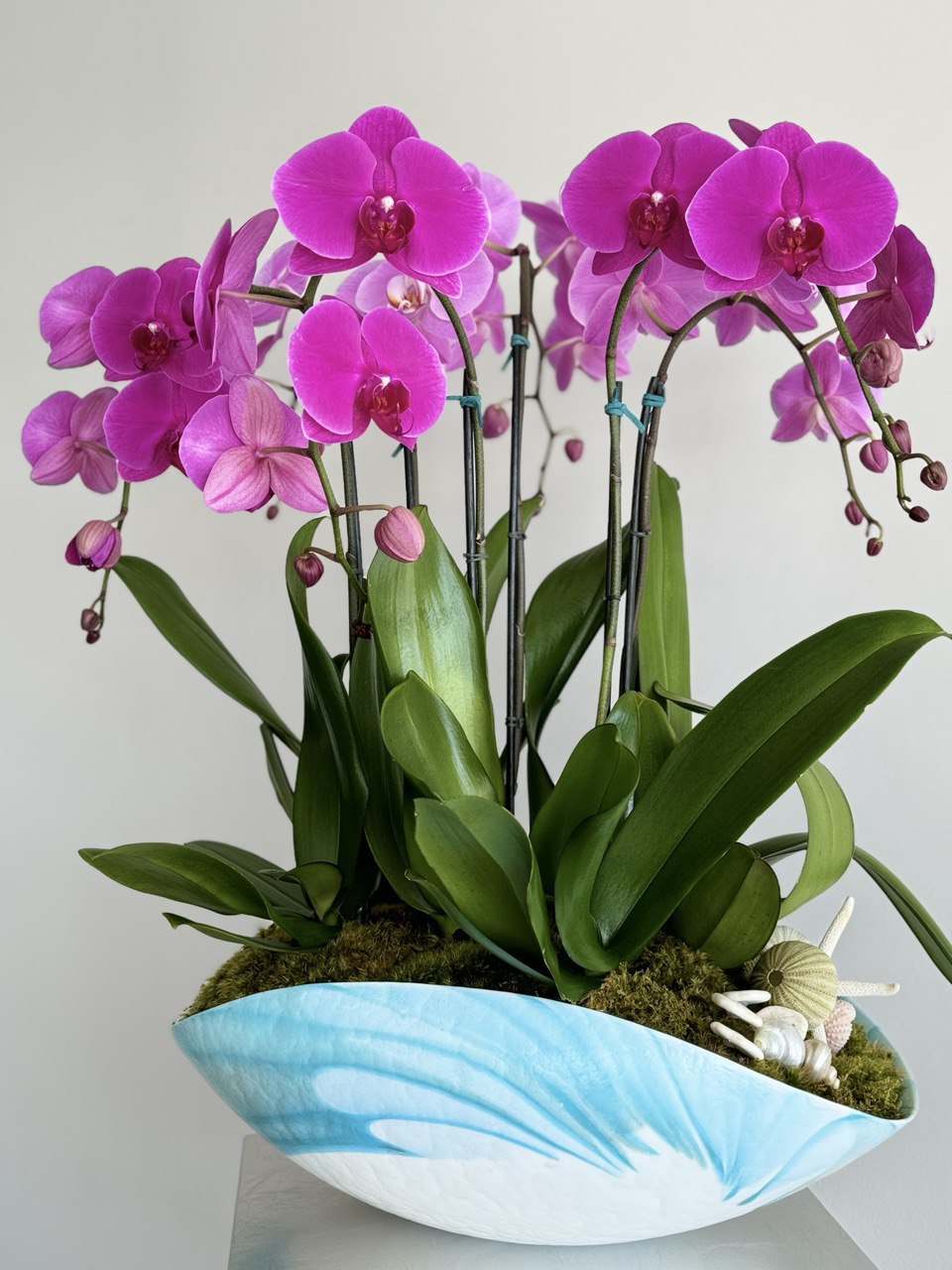
Sunflowers, bright and cheerful, evoke emotions of happiness, warmth, and adoration. Their ability to turn toward the sun symbolizes loyalty and a positive disposition. Frequently used to uplift spirits, sunflowers are common in various celebratory arrangements, promoting joy in both the giver and the receiver.
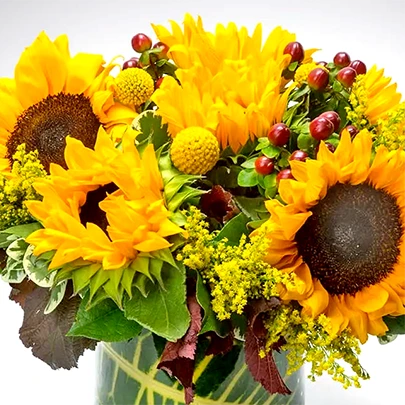
In summary, the emotional attributes associated with flowers enhance our connections to them, allowing us to express sentiments more profoundly through our floral choices. Understanding the varied emotional meanings behind blooms like roses, peonies, orchids, and sunflowers opens up a world of expressive possibilities.
Creating Floral Arrangements for Emotions
When it comes to expressing emotions through floral arrangements, the selection of the right flowers, colors, and styles plays a pivotal role. Understanding the emotional significance of various blooms is essential for tailoring arrangements that not only beautify a space but also convey specific feelings. For example, roses are often associated with love and passion, making them a classic choice for romantic occasions such as anniversaries and weddings. In contrast, yellow daisies can evoke feelings of cheerfulness and joy, making them suitable for celebrations and friendly gatherings.
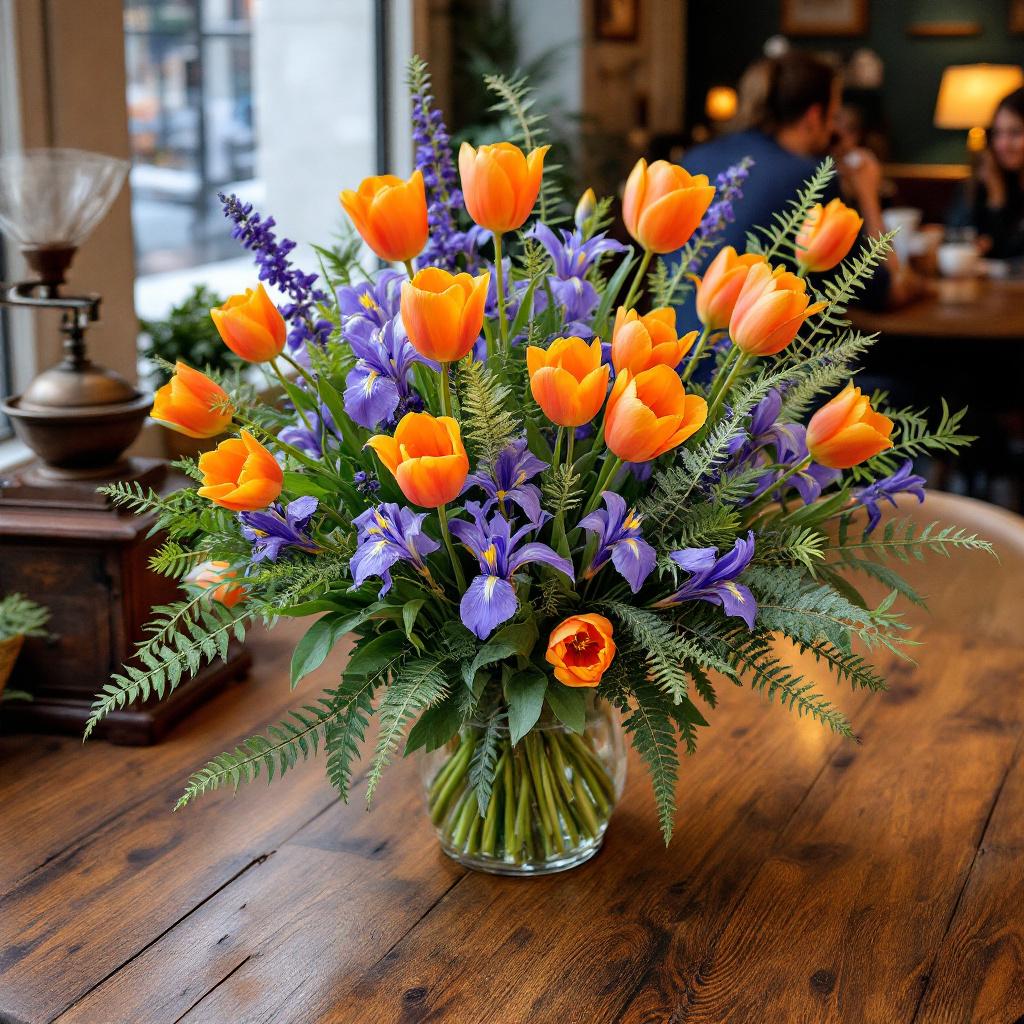
The colors of flowers significantly influence the emotions they evoke. Warm hues like reds, oranges, and yellows typically generate feelings of warmth and enthusiasm, while cool tones such as blues and purples can elicit calmness and serenity. Therefore, when creating an arrangement, consider the emotional landscape you wish to shape. For instance, a vibrant combination of red and orange blooms can energize guests at a corporate event, while soft pastels can soothe and comfort in a more intimate setting, like a memorial service.
Additionally, the style of the arrangement should complement the emotion being conveyed. A structured bouquet composed of symmetrical blooms may convey formality and elegance, ideal for corporate events or weddings. Alternatively, a more relaxed, wildflower-inspired arrangement might express a sense of freedom and joy during a garden party or picnic. By thoughtfully pairing flowers with colors and styles, you can create a powerful expression of emotion through the language of flowers.
When considering the intended sentiment of the arrangement, one can also incorporate personal elements. This could include using a favorite flower of the recipient, or a bloom that holds significant meaning in your relationship, thus enhancing the emotional connection. Ultimately, the art of crafting floral arrangements for emotions lies in intentionality—each aspect, from the selection of blooms to their presentation, should reflect the desired message.
